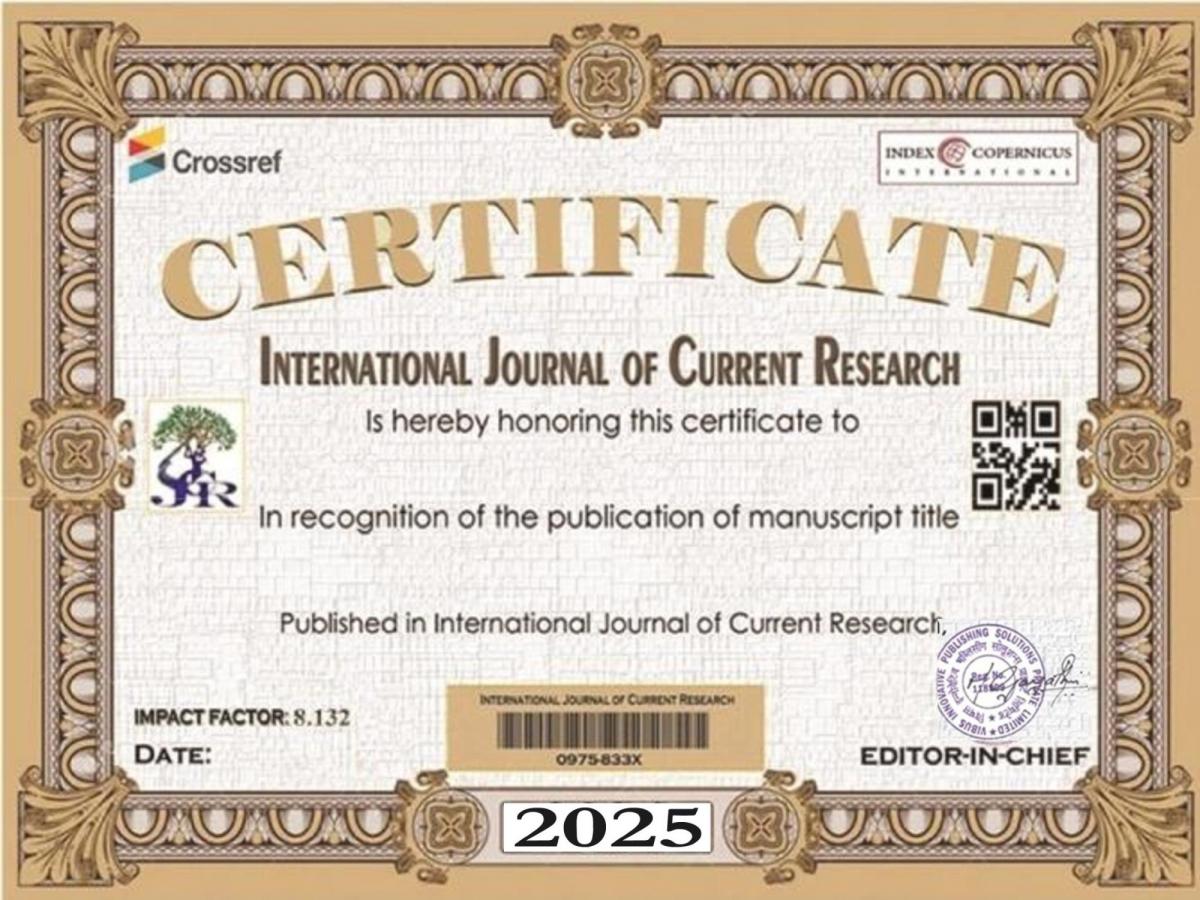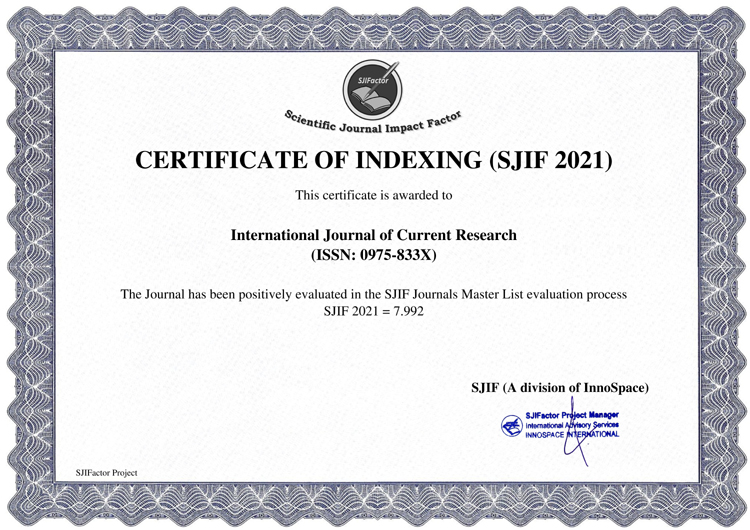The diversity, abundance, biomass of phytoplankton and primary productivity in the shelf waters of four stations along the southwest coast of India were studied for the first time during May - June 2005. In order to study the vertical distribution, five sampling depths starting from (5 to 35 m) were elected within the euphotic zone. Nutrients (nitrate, nitrite, phosphate and silicate) showed an increasing trend from 5 m to deeper waters with a significant positive relationship with salinity (r > 0.83, p < 0.01). Result indicates that Primary Productivity (PP) and phytoplankton standing crop were direct tune with chlorophyll a and nutrient concentrations. Further, a significant positive correlation was observed between PP and phytoplankton standing crop (r > 0.87, p < 0.01) in most of the stations and also with chlorophyll a and phytoplankton standing crop (p < 0.01, r > 0.96). Among stations, 35 m depth at Kodungallur station recorded the least phytoplankton standing crop (0.87 × 103 cells L–1) and 10 m depth at Mangalore recorded the maximum (31.53 × 103 cells L–1). Phytoplankton community composition revealed 67 species of phytoplankton belonging to different taxonomic groups, in which bacillariophyceae constituted 49, pyrrophyceae 17 and cyanophyceae 1. Chaetoceros lorenzianus invariably constituted maximum abundance throughout the water column in all stations except Mangalore 10 m depth. Depth integrated (5 to 35 m) primary productivity of Mangalore (1284.7 mg C m-2 d-1) was nearly three times as high at Kodungallur (431.8 mg C m-2 d-1). The maximum depth integrated chlorophyll a (49.70 mg m-2) was recorded at Mangalore and minimum of 13.25 mg m-2 were recorded at Kodungallur. Vertical accretion of phytoplankton species was remarkable and the species diversity was predominant at 10 – 15 m water column depth, which is in concord with maximum biomass (chlorophyll a) and pycnocline layer. In general, increased phytoplankton diversity, Margalef richness d’ (5.53 ± 0.23), Shannon-Wiener H’ (2.56 ± 0.37), Pielou’s evenness J’ (0.61 ± 0.44) in the northern shelf waters Karwar and Mangalore (12 - 14oN) relative to southern shelf waters Calicut and Kodungallur (10 - 11oN) with concomitant increase both in abundance and biomass. In this study an attempt was also made to distinguish the phytoplankton community in to its different assemblages according to their locations (e.g., depth and station-ways). Mangalore recorded the maximum species diversity (52) followed by Karwar (49), Calicut (42) and Kodungallur (19). Southwest coast of India, Phytoplankton abundance and biomass could be affected by its spatial variability in community structure with species specific association (e.g., depth ways) and largely with respect to differences in the hydrographical conditions. The study suggests that phytoplankton community structure was varied with depth and plays a crucial role on PP and quantity of phytoplankton biomass available to the marine food web.





